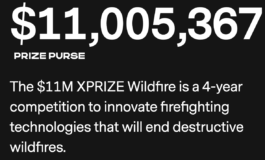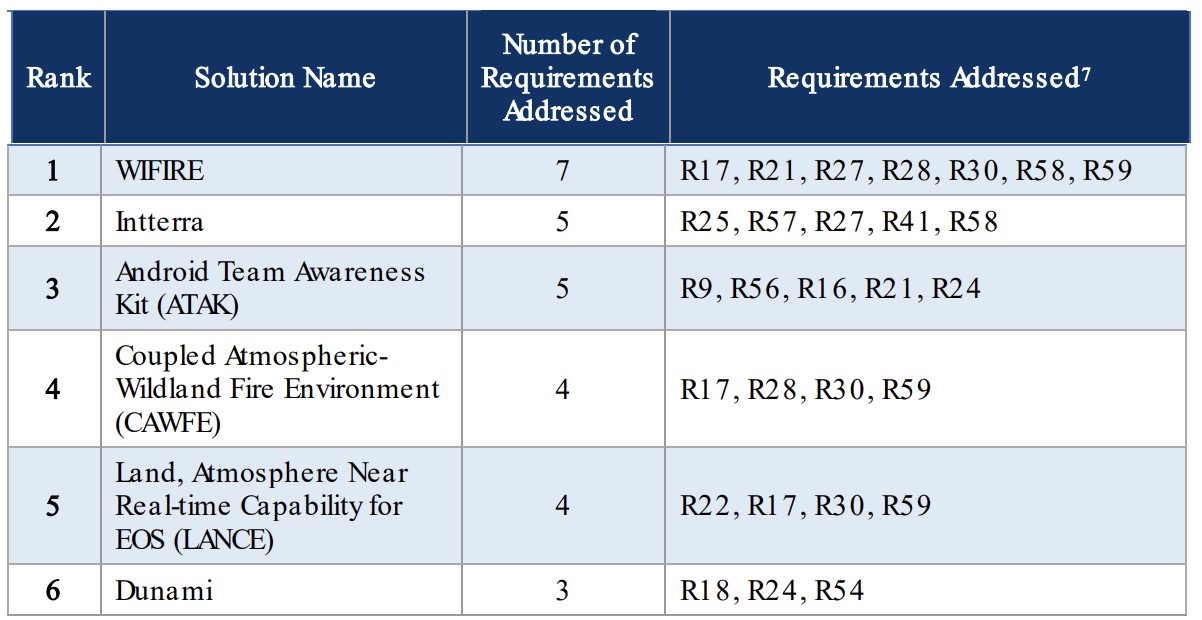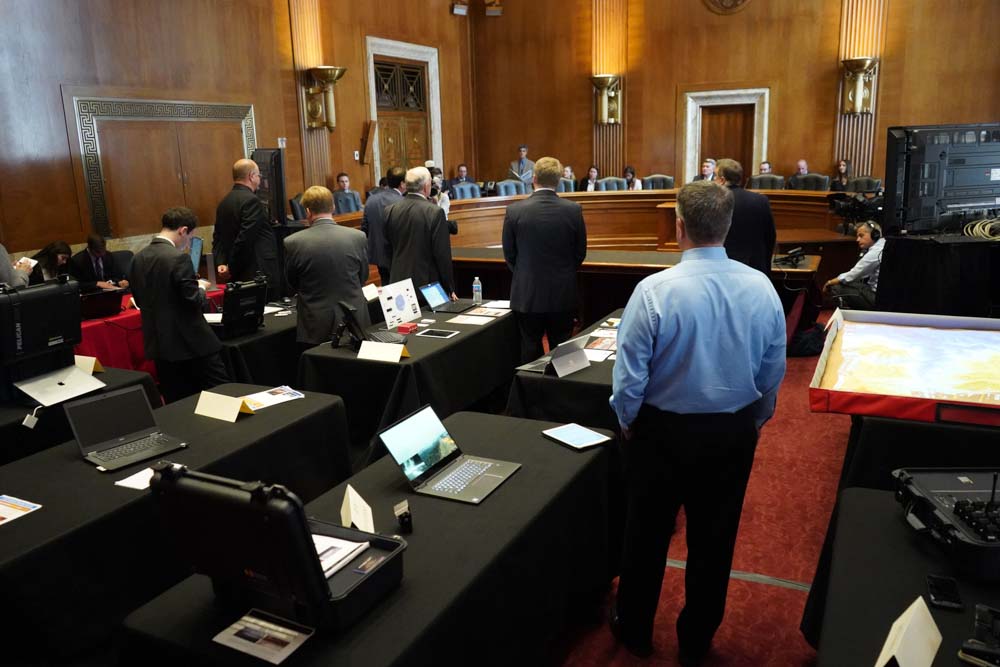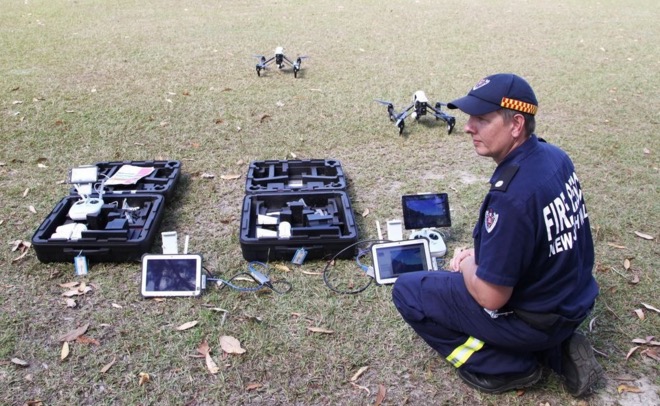 Call for Workshops at Boise — deadline is November 15
Call for Workshops at Boise — deadline is November 15
SEND YOUR PROPOSALS NOW: Conference workshops will be scheduled for Monday, April 15 and Wednesday, April 17 at the 7th International Fire Behavior + Fuels Conference in Boise, Idaho.
Workshops provide a forum for researchers and other professionals working in wildland fire to discuss and exchange interests in fire. Conference workshops are an opportunity for technology transfer, ensuring that scientific and technological developments are accessible to a wider range of users who can use and develop them.

Conference organizers are particularly interested in hosting technology-related workshops if you or your organization are working with new technology used in wildland fire, or using technology in new ways in fire. Workshops that were particularly well-received at previous conferences included one focused on Soil Moisture and Wildfire Prediction and another on Fire and Fuels Management Tools.
There will be a nominal registration fee for conference participants who attend workshops in April; this fee will cover the cost of meeting rooms, refreshments, and audio-visual equipment. Instructors will not be required to pay a fee.
The IAWF is now encouraging proposals for workshops. Please include in your proposal:
-
- Workshop title
- Names, affiliations, and emails of instructors
- Short bio for each instructor, including qualifications related to the topic
- Proposed duration (2, 4, 6 or 8 hours)
- One-paragraph description of workshop
- Minimum/maximum number of participants (if applicable)
- Any special facility needs (e.g. LCD projector, computer lab, wifi)
 Evaluation criteria include overall quality and the fit with respect to the conference topic: Fuel, fire and smoke: evolving to meet our climate challenge.
Evaluation criteria include overall quality and the fit with respect to the conference topic: Fuel, fire and smoke: evolving to meet our climate challenge.
The IAWF is interested in workshops that connect research and management. The workshops can also be used to discuss administrative techniques, challenges, and strategies, and may include roundtable brainstorming.
Deadline for proposals is November 15. Previous conferences are listed [HERE].
APPLY HERE
Questions? Contact Mikel Robinson at
execdir@iawfonline.org or (406)625-7059.








